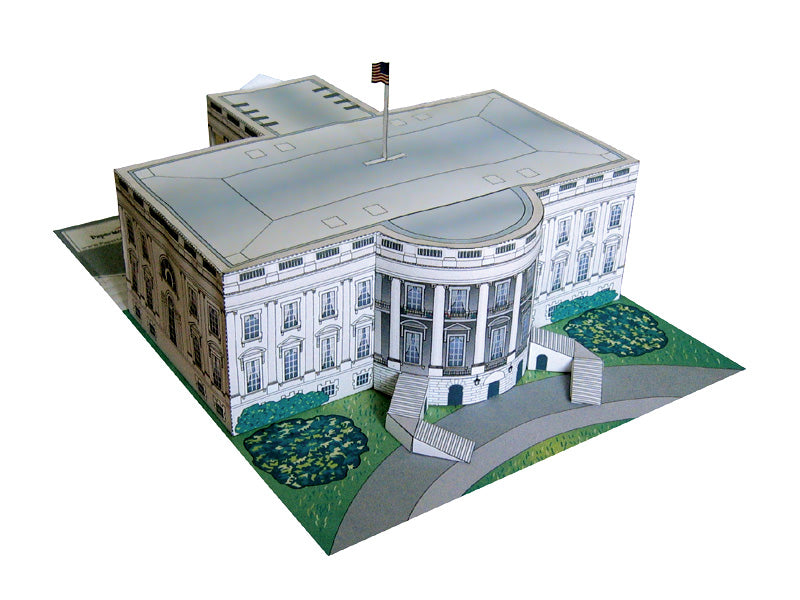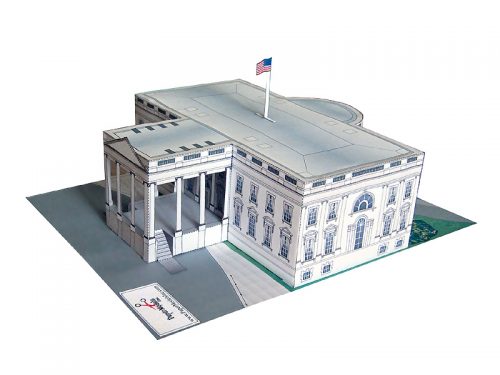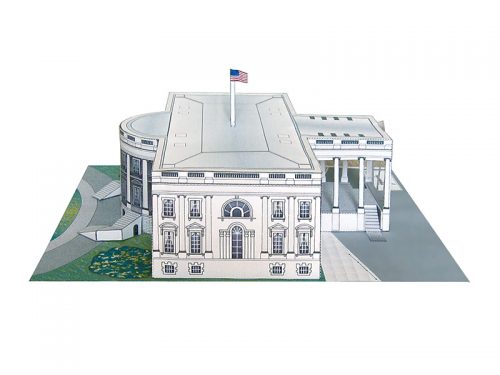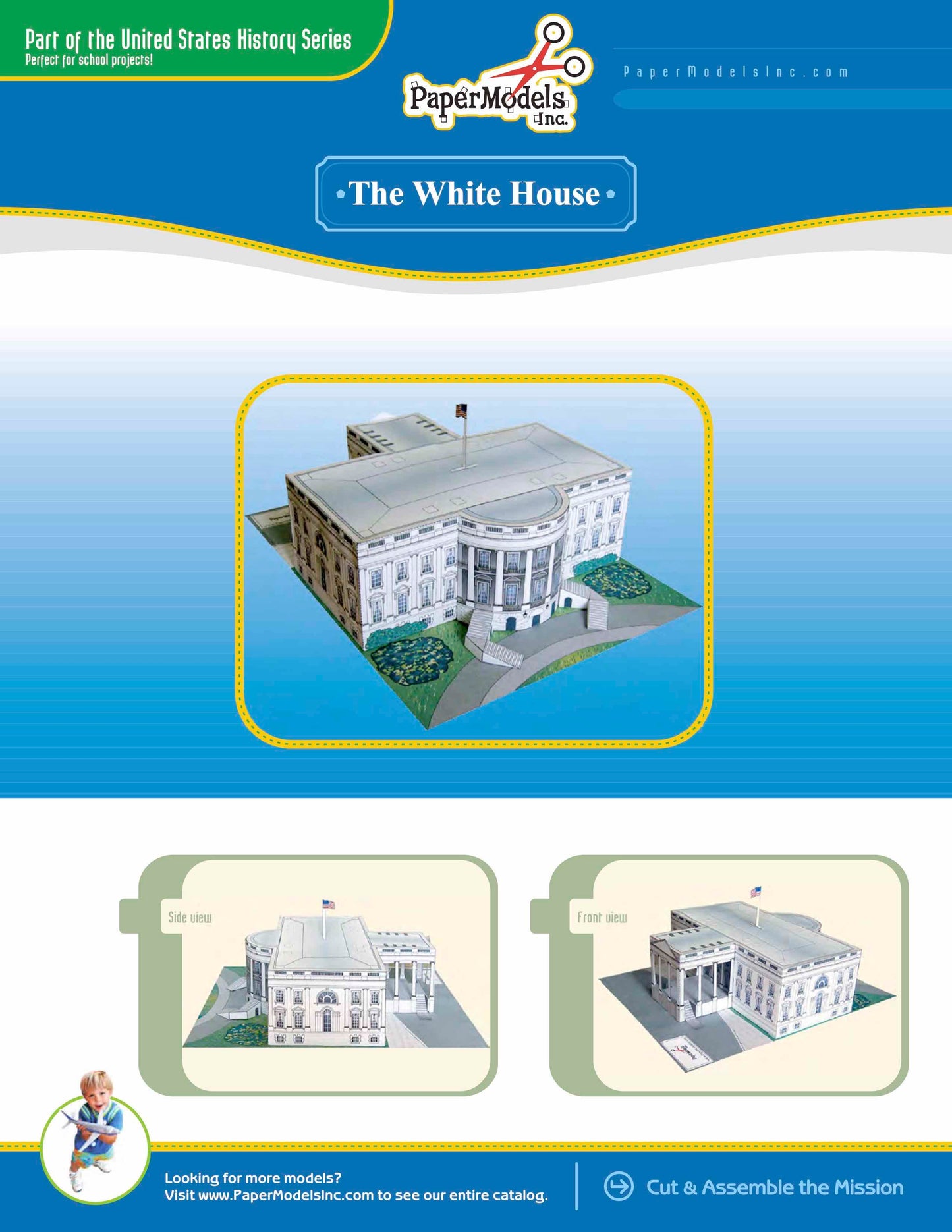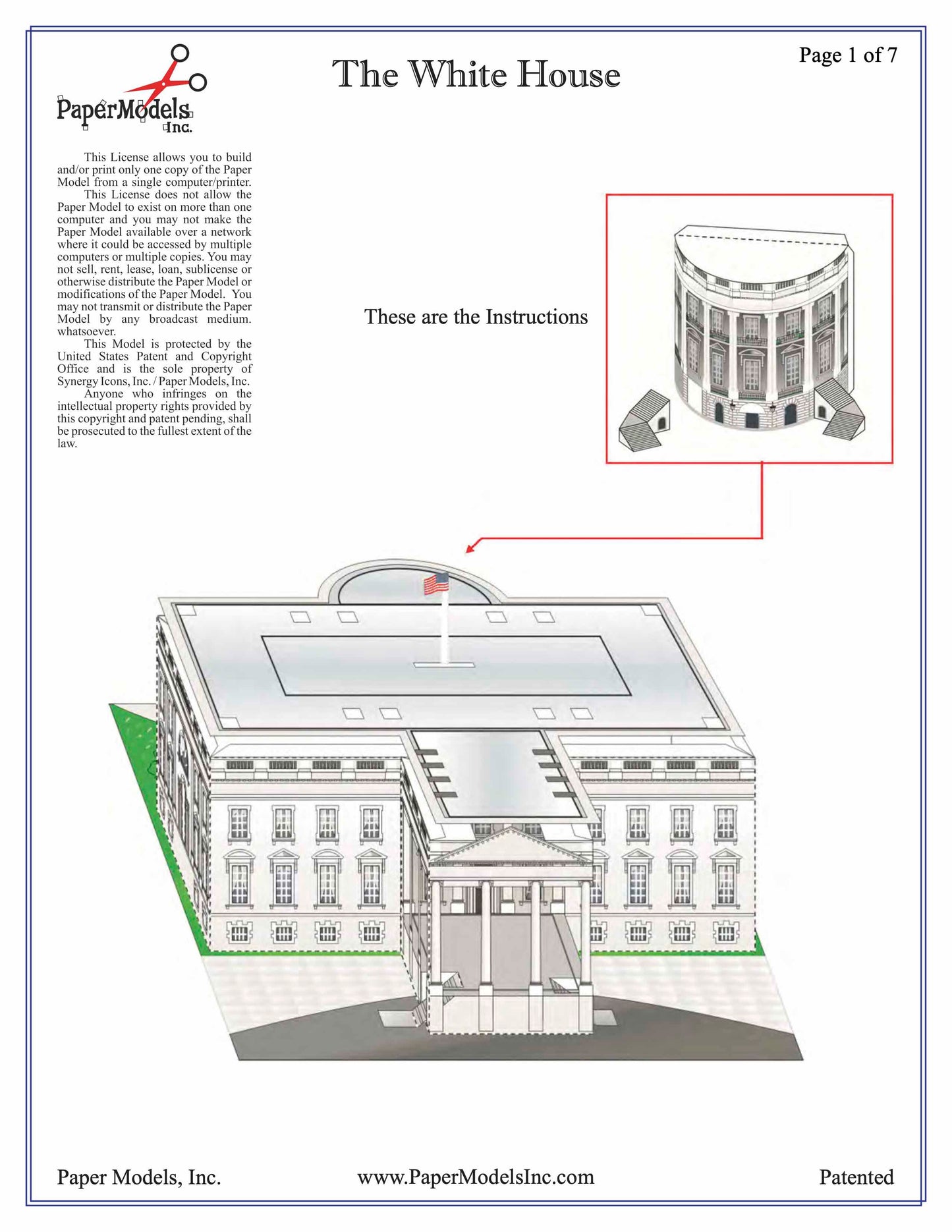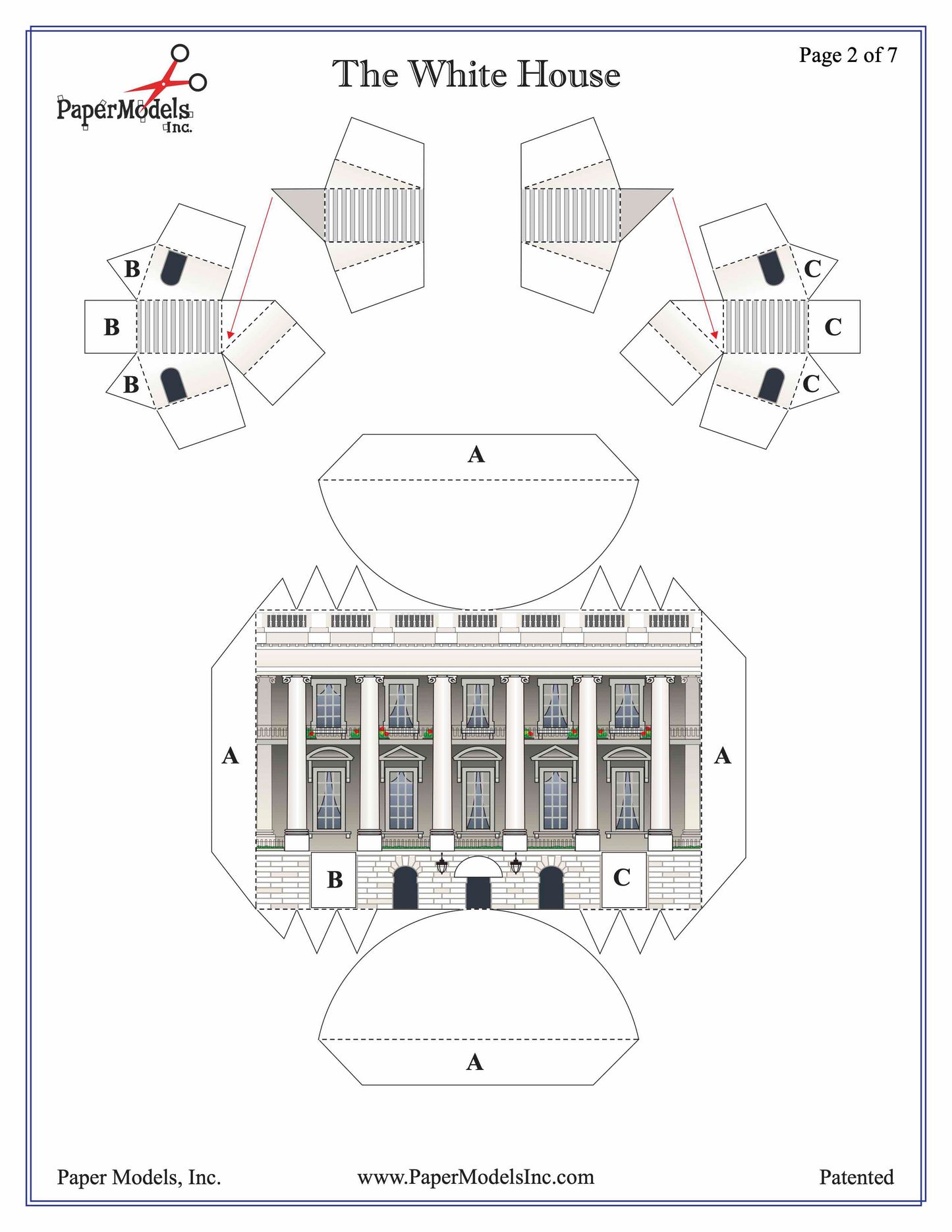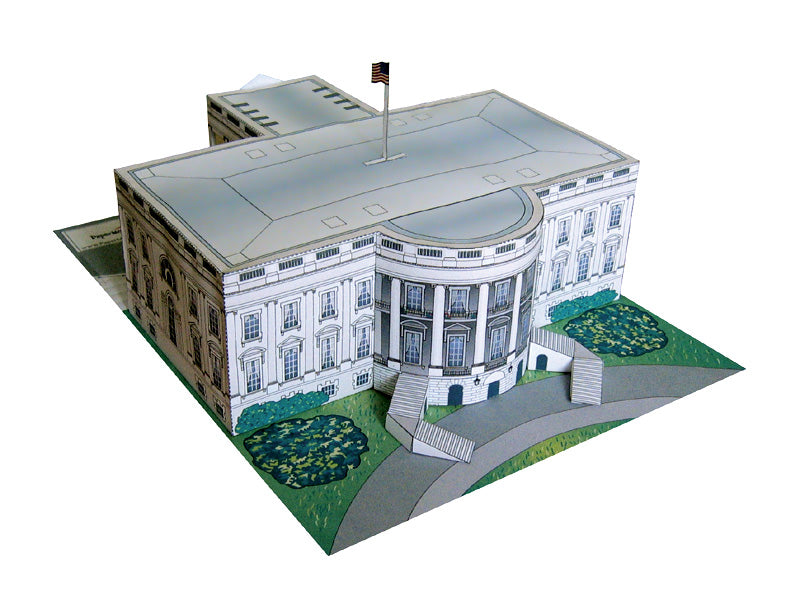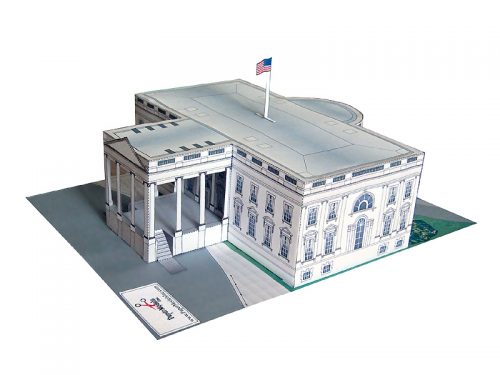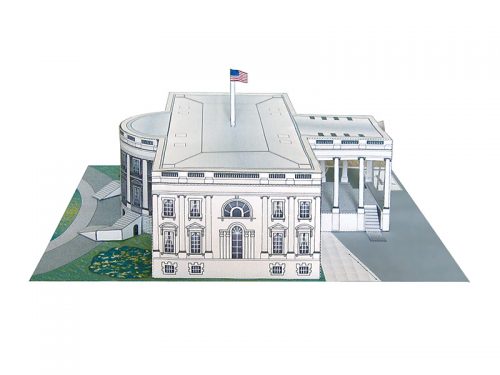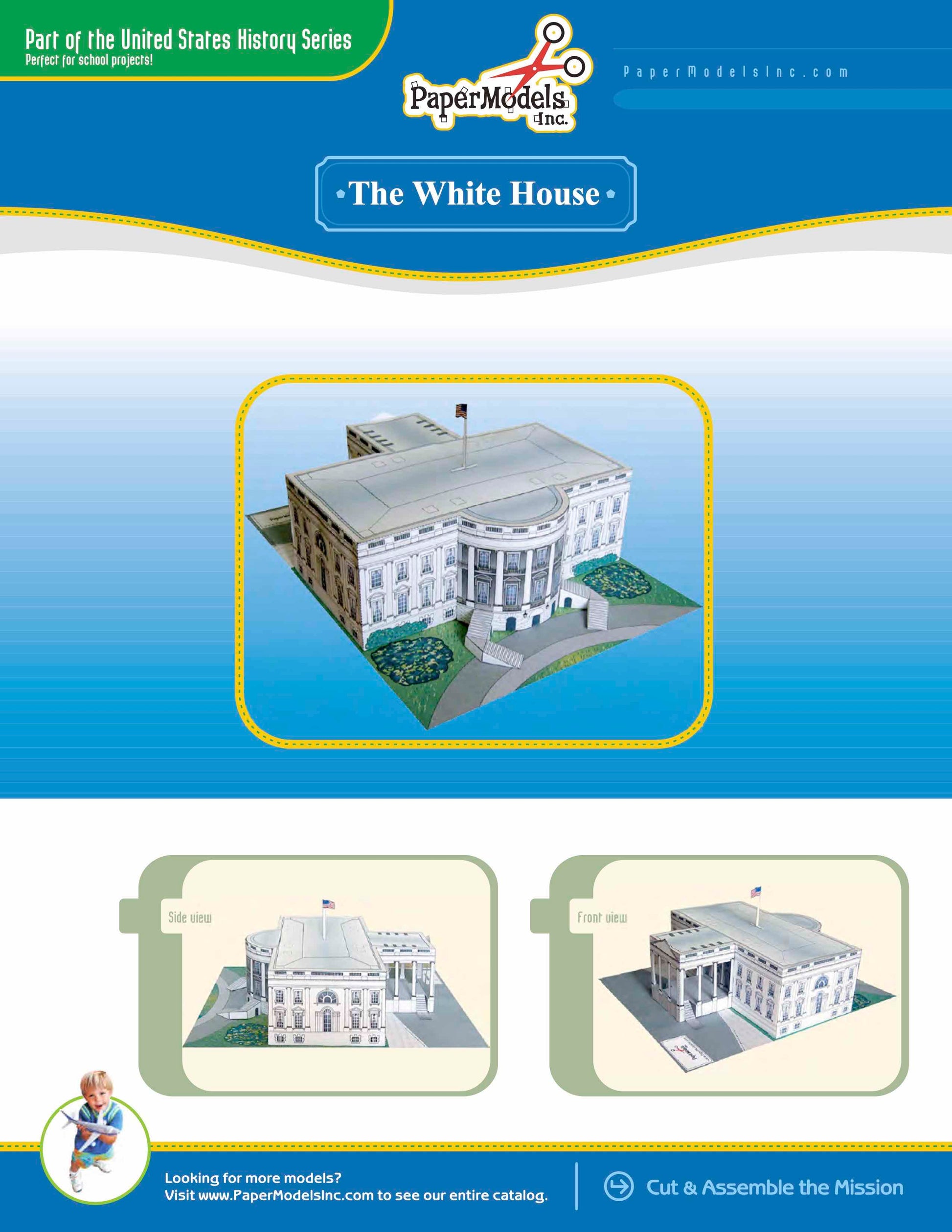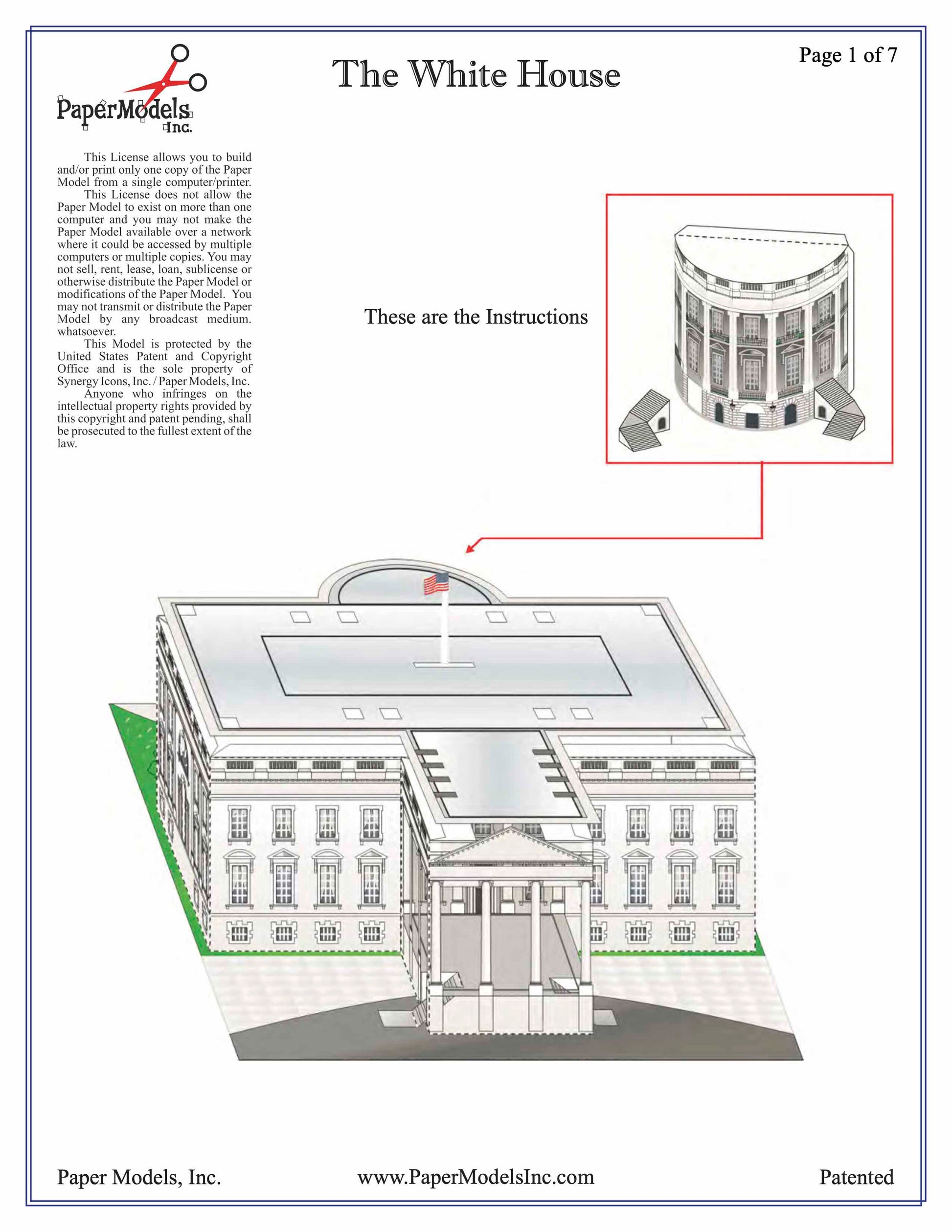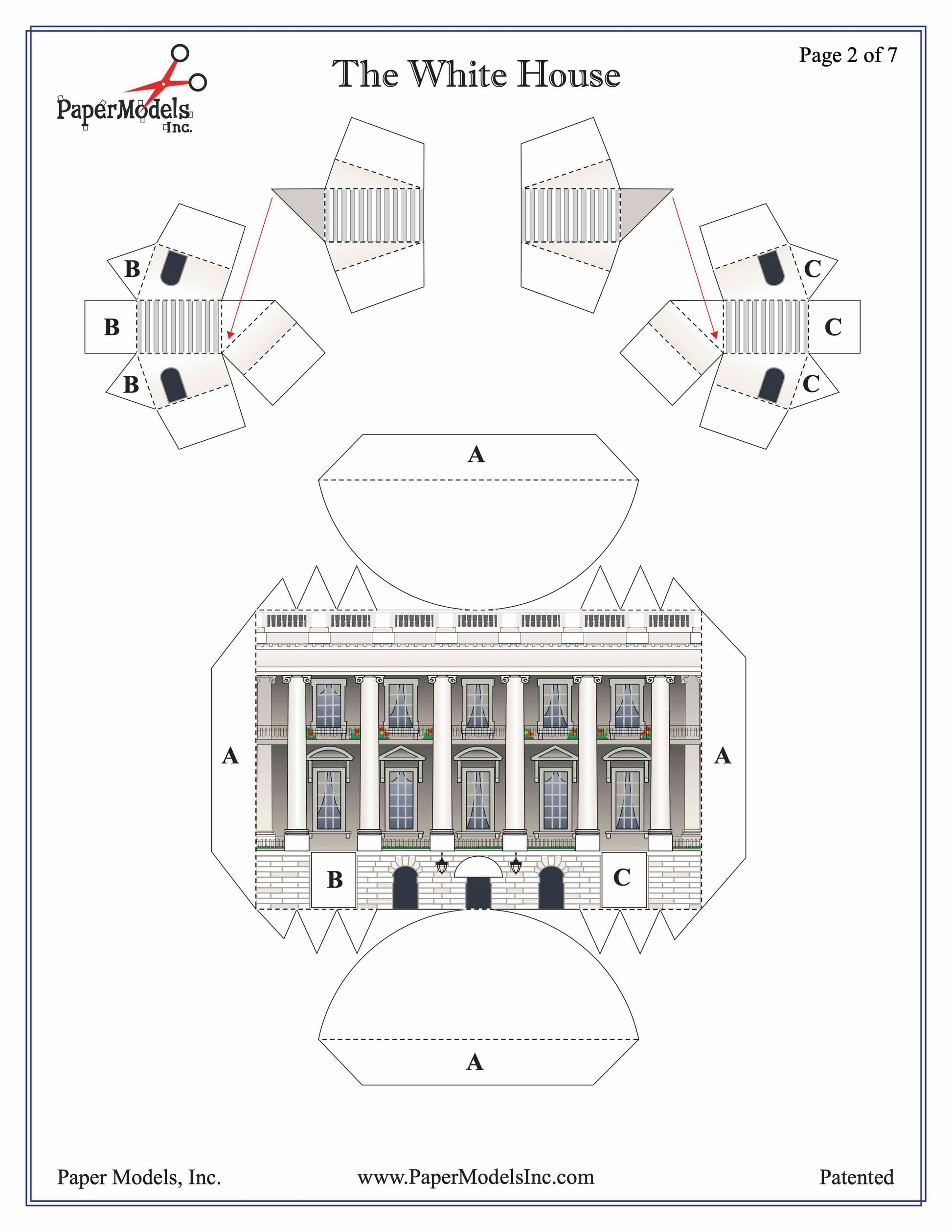White House, Washington - Paper Model Project Kit
White House, Washington - Paper Model Project Kit
Couldn't load pickup availability
🌟 Welcome to Paper Models Online – Your Shortcut to Academic Excellence! 🌟
Are you tired of stressing over last-minute school projects? Look no further! Paper Models Online is here to make your academic life a breeze.
🚀 Why Choose Us?
At Paper Models Online, we understand the pressure of looming deadlines and the desire for that coveted "A" grade. That's why we've crafted the perfect solution for you! Whether you're a student aiming for extra credit, a parent looking for quality time with your kids, or just someone in need of a break from the chaos, our paper models are your ticket to success!
💻 Instant PDF Download OR Pre-Printed & Shipped
You're in control! Choose from our instant PDF download, starting at just $9.95 for the 7"x10" size or $11.95 for the 10"x13" size.
Print it on your home or office printer using regular paper, or opt for the hassle-free pre-printed option. We'll ship it directly to your doorstep for a flat $5 fee via USPS First-Class Parcel, ensuring you get it in 1-3 days!
✂️ Easy Assembly, Maximum Impact
With just a pair of scissors, some glue, and an hour of your time, you can turn these paper sheets into stunning three-dimensional architectural replicas or complete science projects. The images on our website are real models made from our kits, and we even provide a history to help you craft an impressive report.
🎨 Unleash Your Creativity
Not into mission kits? No worries! Our models double as templates for your creative genius. Paint, trace, adjust sizes—your imagination is the only limit! Create a custom masterpiece that reflects your unique style and personality.
🛒 The Buying Process Made Simple
- Choose Your Size: 7"x10" or 10"x13"
- Choose Your Delivery: Instant PDF download or pre-printed and shipped
- Purchase Your Model: It's that easy!

📦 Typical Kit Sample
Each kit includes 8 to 18 pages, providing everything you need to bring the model to life. An "exploded view" guides you through assembly, and a complimentary history adds that extra touch for your report. Impress your teacher not just with creativity but also with your research skills!
Don't let deadlines stress you out. Choose Paper Models Online for your next school project, and let us be Your Best Way To Get An "A"! 🌟
 |
 |
 |
| Exploded View | Sample Pieces | Finished Model |
Free History For Your Report
The White House
The White House, located at 1600 Pennsylvania Avenue in Washington, D.C., has served as both the official residence and workplace of The President of The United States since November 1, 1800. The history of this famous building dates back to the time of the first president, George Washington, who worked alongside French architect Pierre Charles L’Enfant in designing a “perfect city” to serve as the capitol for the new country.
Out of nine submissions (including one submitted by Thomas Jefferson, anonymously) the winning proposal for the design of this new presidential structure was created by James Hoban, an Irish immigrant from Dublin. Hoban’s design was based on the former Duke of Leinstar’s residence in Dublin, and was personally approved by George Washington – but not without a few minor changes to make the space larger. Further modifications to the design were made by Jefferson before actual construction started, mostly prompted by Jefferson’s recent trip to The Bordeaux Architectural College in France where he was inspired by architect Mathurin Salat’s design of Chateau de Rastignac.
The building was completely destroyed by fire, when it was ransacked and set ablaze by British Troops, during the War of 1812. The exterior walls survived while the interior was gutted, however, these walls had to be torn down and the entire structure rebuilt in order to preserve architectural integrity. Most of the treasures inside the house were stolen by the British, but the ship that was carrying them – the HMS Fantone – sank in a storm en route to England. For the reconstruction, the government contracted both Hoban and another architect, Benjamin Henry Latrobe, and they both looked to the same structures in Dublin and France once again for inspiration.
The reconstruction, however, proved to be insufficient to meet the logistical needs of a growing country. Space was cramped not too long after reconstruction was completed, and it was not until 1891 that the large east and west wings were added to the house – for an art gallery and an administrative office – at the recommendation of First Lady Caroline Harrison. The Oval Office was added some time later, under the direction of President Howard Taft. In 1829, the West Wing was gutted by fire, and rebuilt. Another major change came in the late 1930’s, when the Oval Office was relocated to an area adjacent to the rose garden, and a second story was added to the West Wing, both under the direction of President Franklin Roosevelt. The last major infrastructure change to The White House came in 1949, when President Truman added a wrap-around balcony to the south side, overlooking the gardens. When this occurred, it became obvious that the timber and sandstone supporting the structure was insufficient; the building was going to collapse.
During the next three years, President Truman and his family lived across the street at The Blair House while the entire White House was gutted and reconstructed, adding a steel frame within the timber frame. The rebuild included the original historical recreation of rooms that had to be gutted (including the famed Lincoln Bedroom), the addition of a basement and bomb shelter, and the addition of air conditioning. A cosmetic change came to the White House when First Lady Jacqueline Kennedy ordered a complete redecoration of the grounds, returning it to the more regal designs that represented the tastes of the early presidents. Since she was incapable of completing this task after her husband’s assassination in 1963, it has since become the tradition for First Ladies to continue on the redecorating tasks in a similar matter.
Like many great governmental palaces of the era, The White House was considered to be open to the public for many years. Members of the general public were encouraged, if not expected, to celebrate inaugurations with presidents during the first night in office. Parties and receptions were generally held; and President Jefferson began the tradition of public tours of both the executive offices and residence. This accessibility, however, was not without security concerns. Access to The White House became sharply limited after the assassination of President Abraham Lincoln, and then more so with President John Kennedy, however, the tours remained. In 1974, an aircraft that landed on The White House grounds prompted airspace above The White House to become controlled, and the Oklahoma City Federal Building bombing of 1995 marked off the closing of Pennsylvania Avenue to vehicular traffic. The general public walking tours and basic public accessibility of
The White House continued, however, until the terrorist attacks of September 11, 2001. Tours resumed in 2003, but only with advance reservations and background checks. Today, protection of The White House and the president is headed by The Secret Service. A visitor center can still be accessed separately from the house itself.
© Copyright – Paper Models, Inc. – All Rights Reserved
Share
